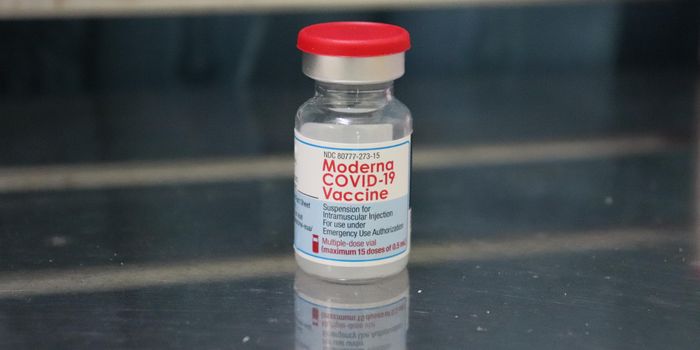A 'Plug-and-Play' CRISPR Therapy for Flu and COVID
Researchers have developed a CRISPR treatment that could potentially treat both viruses that cause COVID-19 and influenza. The therapeutic comes in the form of a very fine mist that the patient can inhale, similar to an asthma inhaler, making it easy for patients to take at home.
Devastating influenza pandemics have left their mark on history: The 1918 influenza A pandemic that claimed 50 million lives worldwide and made a comeback in 2009, for instance. Emerging viruses such as COVID-19 also pose a very real threat to global health. As a result, organizations such as Defense Advanced Research Projects Agency's (DARPA) have been taking steps to create safe, effective medical countermeasures against viral threats that can be adapted and delivered to the masses rapidly.
As part of the DARPA’s PReemptive Expression of Protective Alleles and Response Elements (PREPARE) program, researchers at the Georgia Institute of Technology and Emory University set out to use mRNA and CRISPR technology to tackle the problem of both influenza and COVID head-on.
Their mRNA treatment codes for a protein called Cas13a, which acts as a pair of molecular scissors, chopping up the parts of the viral genetic code that are required for replication. This treatment is delivered via polymer nanoparticles and gets to work quickly, degrading viral RNA in the days following administration.
"In our drug, the only thing you have to change to go from one virus to another is the guide strand -- we only have to change one sequence of RNA. That's it," said lead researcher Philip Santangelo.
"We went from flu to SARS-CoV-2, the virus that causes Covid-19. They're incredibly different viruses. And we were able to do that very, very rapidly by just changing a guide."
The team tested their treatment in mouse and hamster models of viral infection. When the animals received the therapy, Cas13a blocked the replication of SARS-CoV-2. The same approach could also be effective against 99% of flu strains that have decimated communities over the last century.
The best part is that scanning the genetic codes from emerging viruses and designing the appropriate guide strands to target them can be done in a matter of weeks.
"It's really quite plug-and-play," Santangelo said. "If you're talking about small tweaks versus large tweaks, it's a big bonus in terms of time. And in pandemics -- if we had had a vaccine in a month or two after the pandemic hit, think about what things would look like now. If we had a therapy a month after it hit, what would things look like now? It could make a huge difference, the impact on the economy, the impact on people."
Sources: Georgia Tech, Nature Biotechnology.










